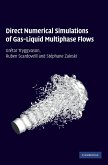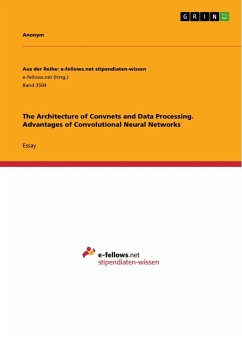Diploma Thesis from the year 2012 in the subject Mathematics, grade: 1,0, University of Kaiserslautern (Fakultät für Mathematik), language: English, abstract: In mathematical statistics, detecting changes in parameters of real-life data series, known as change-point problems, is crucial. Originating in quality control during the 1950s, these problems have widespread applications today, spanning fields like economics, finance, medicine, and geology. In finance, fluctuations in asset returns can violate assumptions of constant variance, leading to inaccurate forecasts. Chapter 2 briefly discusses the univariate case, focusing on detecting changes in mean and variance parameters over time. The Cumulative Sums (CUSUM) test statistics, derived from likelihood ratios, serve as change-point estimators. However, their asymptotic distribution complexity and slow convergence limit applicability to small sample sizes. Nevertheless, asymptotic quantiles help determine if changes have occurred. Chapter 3 extends this analysis to the multivariate case, specifically addressing changes in covariance matrices. Estimating the covariance matrix, particularly in scenarios with many variables and few observations, poses challenges. Shrinkage estimators, like the Ledoit-Wolf (LW) estimator, offer improvements over sample covariance matrices, especially in small sample sizes. The Rao-Blackwell theorem leads to the development of the Rao-Blackwellized Ledoit-Wolf (RBLW) estimator, enhancing performance under Gaussian assumptions. A simulation study in Chapter 5 demonstrates the effectiveness of using these shrinkage estimators in detecting change-points, resulting in improved test power and accuracy. However, due to the absence of an asymptotic distribution for the test statistics, quantiles must be obtained through simulation.
Hinweis: Dieser Artikel kann nur an eine deutsche Lieferadresse ausgeliefert werden.
Hinweis: Dieser Artikel kann nur an eine deutsche Lieferadresse ausgeliefert werden.








